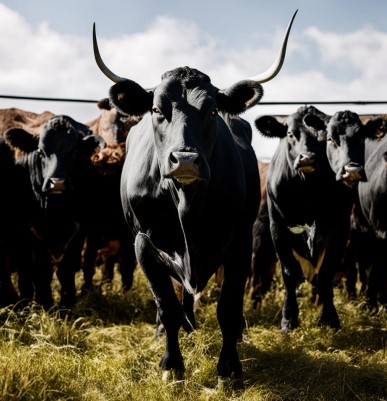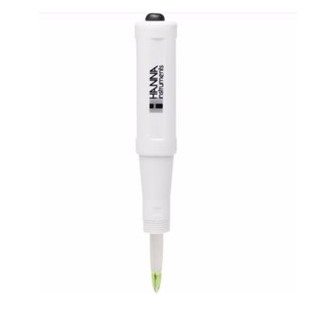Mexico has bought more than 8,000 cows from Australia to improve the genetics of its national herd.

Prior to arrival, Senasiki animal HEALTH specialists travelled to Australia to monitor cattle health . Four livestock veterinarians were responsible for ensuring that the first batch of 3,019 cattle were free of high-risk diseases and pests.
The second group, consisting of 4,995 cattle, was inspected by technical personnel of the Veterinary and Sanitary Inspection at the end of March as part of the procedures prior to their import.
The cattle were transported on specialised ships that sailed from the Australian port of Portland.
Both shipments are part of a series of four deliveries planned for this year under a bilateral agreement between Senasica and the Australian Department of Agriculture, Fisheries and Forestry.
The cattle were transported on specialized vessels that sailed from the Australian port of Portland to the port of Mazatlan, where they arrived after a 24-day journey. Upon arrival, Senasica staff began receiving the cattle, checking documentation and the physical integrity of the animals.
Upon arrival in Mexico, the cattle showed no visible injuries or clinical signs of disease and were in a condition suitable for transport in air-conditioned vehicles to livestock farms located in the states of Jalisco, Durango, Chihuahua, Aguascalientes and Guanajuato.
The provenance verification model implemented by Senasica ensures strict compliance with quarantine protocols and national animal health regulations to protect the health of Mexican livestock from the possible introduction of exotic diseases.
During the inspections, the absence of notifiable diseases such as bluetongue, bovine ephemeral fever, anthrax, paratuberculosis, infectious bovine rhinotracheitis, bovine viral diarrhea, campylobacteriosis, trichomoniasis, leukemia, anaplasmosis, ainu, akabane, dermatophilesis and others was confirmed.
Read together with it:
- Meat production has increased in the Angara region, but milk yields are declining.However, despite the increase in MEAT production, MILK yield declined by 1.6%, and egg production fell by 2.9%. Agricultural organizations accounted for the bulk of production, accounting for 99.4% of poultry, approximately 90% of pork and eggs, and approximately a quarter of all milk. At the same time, animal productivity increased: the average milk yield per cow was 5,68......
- Uruguay strengthens sanitary controls to protect meat export chain to ChinaUruguay has announced stricter controls and sampling at its MEAT processing plants after traces of tick-killing medication were found in a shipment of beef returning from CHINA . The measure aims to protect traceability, HEALTH reputation and logistical continuity of trade flows, which account for more than 6......
- Uruguay: Ministry of Livestock, Agriculture and Fisheries tightens controls after meat returns from ChinaTogether with the Directorate General of Animal Husbandry (DGSG), the MGAP issued Regulation No. 311/2025, which established that the presence of residues of ectoparasiticidal veterinary drugs in the body of cattle intended for slaughter, if the established limits of permissible levels are observed, will lead to more serious economic consequences and the suspension of activities. The measure was a...
- Personal responsibility, modernization. What measures is the Ministry of Agriculture and Food taking to reduce mortality?October 27, MINSK . To reduce cattle mortality, the Ministry of Agriculture and Food is focusing on disease prevention, infrastructure modernization, and increased accountability at all levels of government. Ivan Smilgin, Deputy Minister of Agriculture and Food and DIRECTOR of the Department of Veterinary and Food Surveillance, spoke to a BELTA correspondent about which measures are producing tang...
- Argentine Beef Imports: Challenges for American FarmersOn Sunday , Trump announced that he was considering partial imports of Argentine beef, emphasizing that this would help a "good ally"—Argentina—while lowering domestic MEAT prices . This measure was part of a broader strategy in which his administration approved a $20 billion currency swap to support the Argentine economy. However, as the National Beef Association (NCBA) notes, such an initiative ...
- Donald Trump said the US will buy more Argentine beef to lower prices.US President Donald Trump said today during his flight aboard Air Force One from Florida to Washington that this is the first indication of what benefits or trade improvements the United States could offer Argentina. He stated that the northern country could purchase more Argentine beef. "We'll buy beef from Argentina," the White House chief told the reporters accompanying him. "If we do that," he...




























































